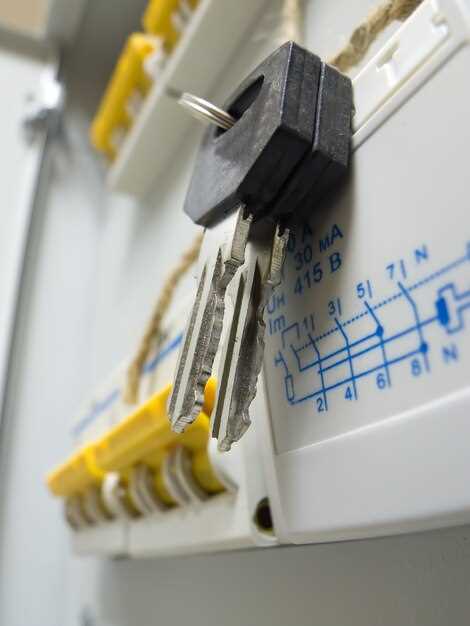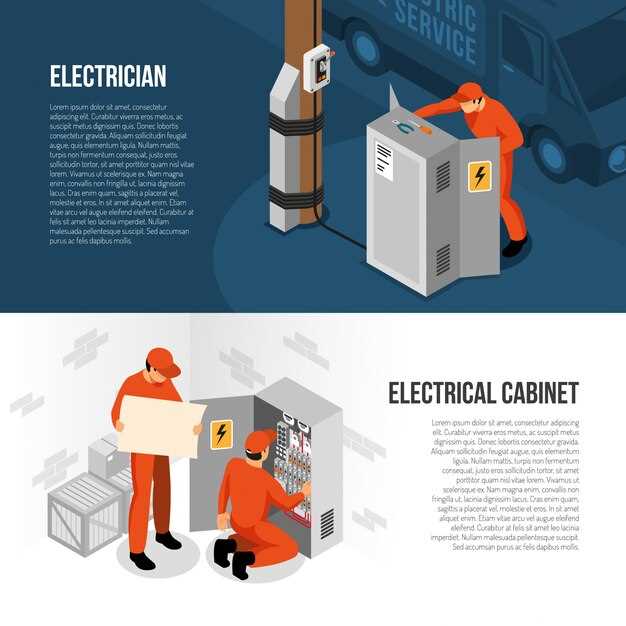
Maintaining your fuse box is essential for ensuring the safety and efficiency of your electrical system. A well-functioning fuse box serves as the heart of your home’s electrical network, allowing for the distribution of power while protecting against potential hazards such as overloads and shorts. Regular upkeep can prevent costly repairs and enhance the longevity of your electrical appliances.
One of the key components in your fuse box are the fuses. These small devices are designed to interrupt the electrical flow in cases of short circuits or overloads, safeguarding your home from electrical fires. Familiarizing yourself with the different types of fuses and their ratings can help you make informed decisions when it comes to replacements and upgrades.
Regular inspections of your fuse box are highly advisable. Look for signs of wear, such as corrosion or burn marks, which may indicate that a fuse is struggling to function correctly. Taking proactive measures to address these issues can significantly reduce the risk of a short circuit and ensure that your electrical system remains in good working order. Additionally, keeping the area around your fuse box clean and unobstructed will further contribute to its safe operation.
Identifying and Addressing Short Circuits in Your Electrical System

Short circuits occur when electrical current flows along an unintended path, often leading to overheating, equipment damage, or even fire hazards. Recognizing the signs of a short circuit is crucial for maintaining the safety and reliability of your electrical system. Look for frequent tripping of circuit breakers or blown fuses, as these indicate that a circuit is overloaded or experiencing a fault.
Another indicator is the presence of unusual smells, such as burning plastic or insulation. This can occur when wires overheat due to excessive current flow. Additionally, if you notice sparks or a buzzing noise from outlets or switches, these are strong signs that a short circuit is present and should be addressed immediately.
To address a short circuit, start by turning off the power to the affected circuit at the fuse box. Inspect outlets, switches, and any visible wiring for damage, loose connections, or signs of wear. Repair or replace any faulty components. Additionally, ensure that circuits are not overloaded with too many devices drawing power simultaneously.
If the problem persists after making necessary repairs, it may be prudent to consult a licensed electrician. They can perform a thorough examination of your electrical system, identifying issues that may not be immediately visible. Regular maintenance and prompt attention to electrical concerns can help ensure the longevity of your circuits and reduce the risk of hazardous situations in your home.
Choosing the Right Fuses for Your Fuse Box

When it comes to electrical safety and system efficiency, selecting the appropriate fuses for your fuse box is crucial. Fuses act as protective devices, designed to safeguard circuits from overloads and short circuits. Using the wrong fuses can lead to circuit failures, appliance damage, or even fire hazards.
First and foremost, it is essential to understand the current rating required for each circuit. Fuses come in various amperage ratings, typically ranging from 1 to 30 amps for residential use. Consult your circuit specifications or seek the advice of a qualified electrician to determine the correct amperage. Installing a fuse with a higher rating than required can increase the risk of overheating and potential electrical fires.
Additionally, consider the type of fuses available. There are two primary types: cartridge fuses and plug-in fuses. Cartridge fuses are often found in more modern fuse boxes, providing better protection and performance. Plug-in fuses, on the other hand, are commonly used in older systems. Ensure that you select the correct type that matches your fuse box’s design.
It’s also vital to assess the application of each circuit. For example, circuits dedicated to high-power appliances, such as refrigerators or water heaters, require specialized fuses that can handle higher loads. Conversely, lighting circuits may require lower-rated fuses. Understanding the operational demands of each circuit will guide you in making informed fuse selections.
Lastly, keep an eye on the fuse’s physical condition. A fuse that appears damaged, discolored, or rusted should be replaced immediately, regardless of its rating. Regular inspections and timely replacements can significantly enhance the longevity of your electrical system.
Routine Inspection Practices for Fuse Box Maintenance
Regular inspections of your fuse box are essential for ensuring both safety and the longevity of your electrical system. Begin by checking for any signs of wear or damage to the exterior of the fuse box. Look for discoloration, rust, or cracks that may indicate moisture intrusion or overheating.
Next, open the fuse box and inspect the fuses themselves. Ensure they are securely seated in their sockets. Loose fuses can lead to electrical shorts or intermittent power issues. Check for any blown fuses; these are typically discolored or have a broken metal strip inside. Replace any blown fuses with the correct type and rating to maintain system integrity.
Pay attention to the wiring connected to the fuses. Look for frayed or damaged wires that could pose a risk of short circuits. If you notice any anomalies, it is advisable to contact a licensed electrician for further assessment and repairs.
Also, it’s important to assess the overall cleanliness of the fuse box. Dust and debris can contribute to overheating. Use a dry cloth to clean the area gently, avoiding any moisture or cleaning agents that could create further issues.
Lastly, document your inspections and any findings. Keeping a maintenance log helps track the condition of the fuse box and can identify patterns that might indicate the need for upgrades or more thorough evaluations.





